Makeup has this terrible habit of flaking on you when you need it most. From thirsty skin that turns makeup patchy to the slip-and-slide of 3PM shine, runaway makeup affects us all. (Regardless of skin type and makeup arsenal.)
Wanna make it stick around for good? The answer is likely in your skincare habits (and not your makeup).
Why Won’t My Makeup Stay
It has some deep-seeded commitment issues. That or your skin wasn’t prepped for a long-wearing face. (Probably the second one.)
The Common Culprits For Misbehaving Makeup
Texture Buildup: Dead skin cells and oils can prevent makeup from adhering to the skin. A smooth, exfoliated surface lets your base products actually bind directly to the skin (rather than sliding around on that texture-y debris). It also means less texture for your makeup to catch on and separate as the day goes on.
Dehydration: Thirsty skin will drink up whatever you give it—your very fancy (expensive) foundation included. A nourishing, replenishing moisturiser and primer quenches your skin so makeup stays on the surface rather than disappearing into fine lines and pores. Plus, the emollient ingredients in moisturisers (and primers) work to fill in microscopic gaps between skin cells, creating a more even, supple surface that your makeup will love.
Excess Oil: Undealt with oil and sebum on your skin tends to mess with your makeup. This is ‘cos most of the liquid/cream makeup products you’re reaching for are oil-based themselves (or at least contain oil-soluble components). The oil on your skin can interfere with your makeup formulas, causing them to thin and dissolve (and as a result: fade and separate). Plus, oily skin can leave the surface of the skin slippery, meaning pigments and powders will struggle to ‘set’ to the skin—leaving you bound to ruin the white shirt of the next person you hug.
Too Many Emollients: Makeup prep is a balancing act. While moisturising your skin before applying makeup is non-negotiable—using too many emollient products can leave a heavy layer on this skin. (You know the one.) The excess slipperiness means foundation and powders will likely slide around instead of binding to the skin and staying all day. The key is layering just enough to hydrate and soften without tipping the scale into slick territory.
How Do I Get My Make Up To Last
With skincare and a healthy dose of skepticism for any of those products claiming a 24-HR wear time.
Cleanse (Or Don’t): Add a cleansing step to your makeup prep if your skin needs it. Oily (or even combo) faces will likely benefit from washing away any excess oil and sebum. For dry, mature faces, you run the risk of whisking away any essential oils on the skin and leaving your face tight, dehydrated, and dotted with dry patches that your foundation is going to love to cling to.
Exfoliate (As You Need): If your makeup tends to get ruined by texture, slot an exfoliator into your skincare routine. Starting once or twice a week is plenty and should sweep away dead skin build up to create a smooth base for your makeup to bind and stay.
Hydrate: Hydrated skin creates a smooth base for makeup to sit on, preventing it from separating or vanishing throughout the day. Remember: Oily skin and hydrated skin are very different. All skin types can benefit from some hydration in their makeup prep.
Prime: A good primer is specifically formulated to boost your makeup wear time by creating a barrier between skin and makeup. Choose a primer based on your skin concerns—mattifying for oily skin, hydrating for dry skin.
Reach For Products Suited For Your Skin: Not all foundations or powders are created equal. Pick formulas that work with your skin type and concerns: Long-wear foundations for oily skin and hydrating formulas for dry skin. Using the right products means your makeup will perform better, look fresher, and last longer.

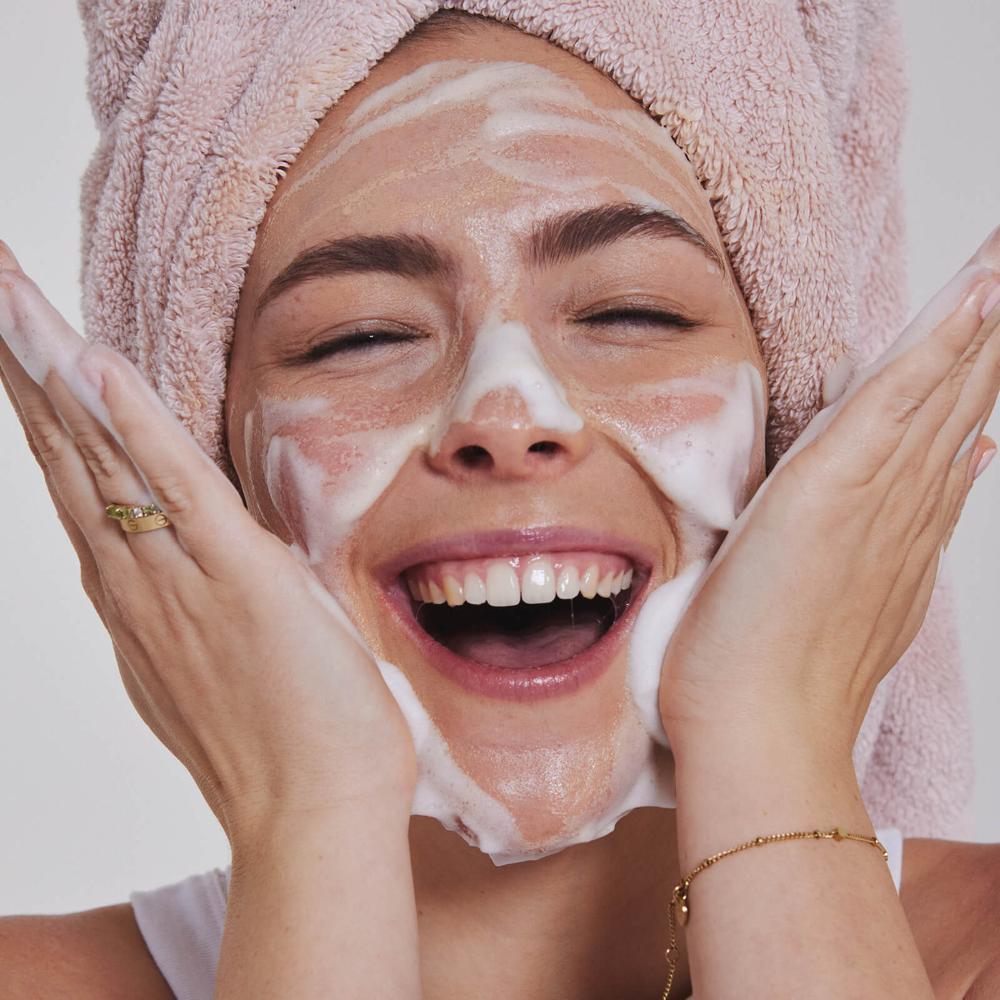


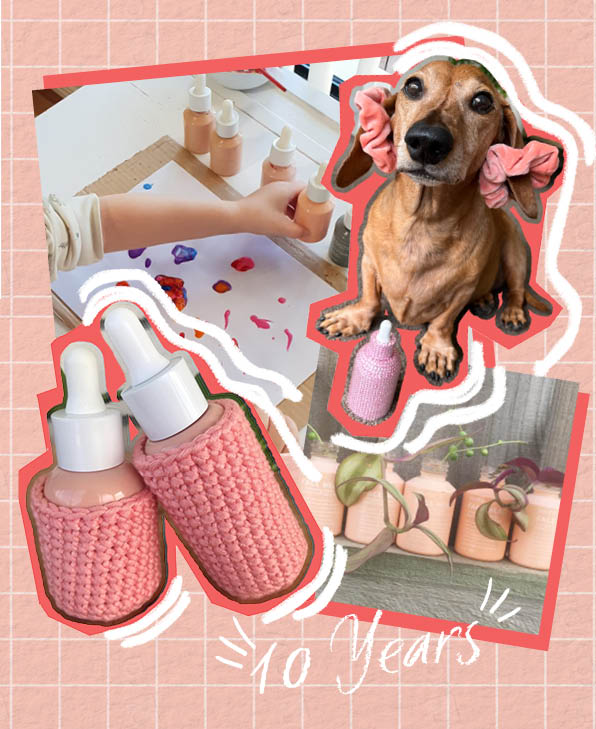
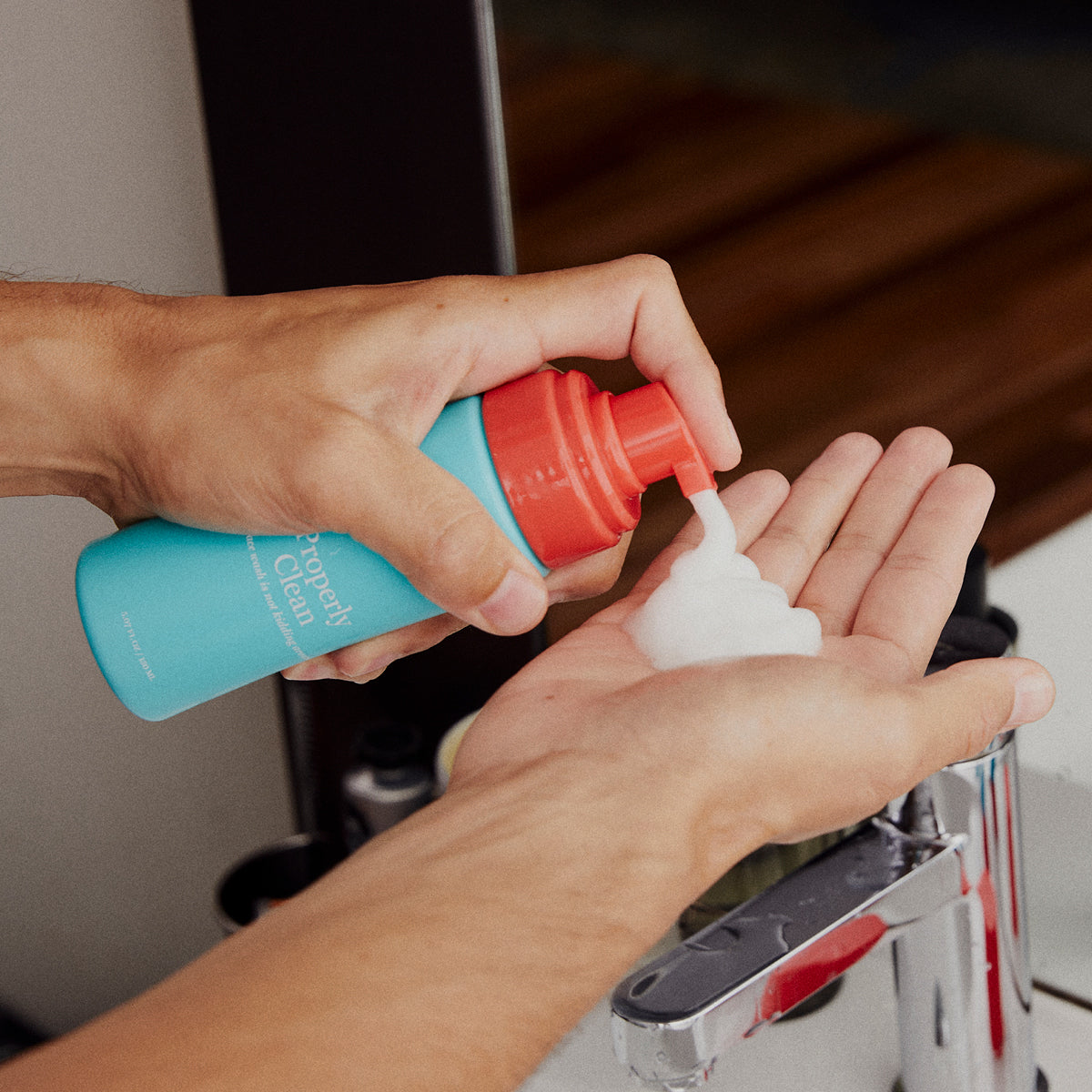
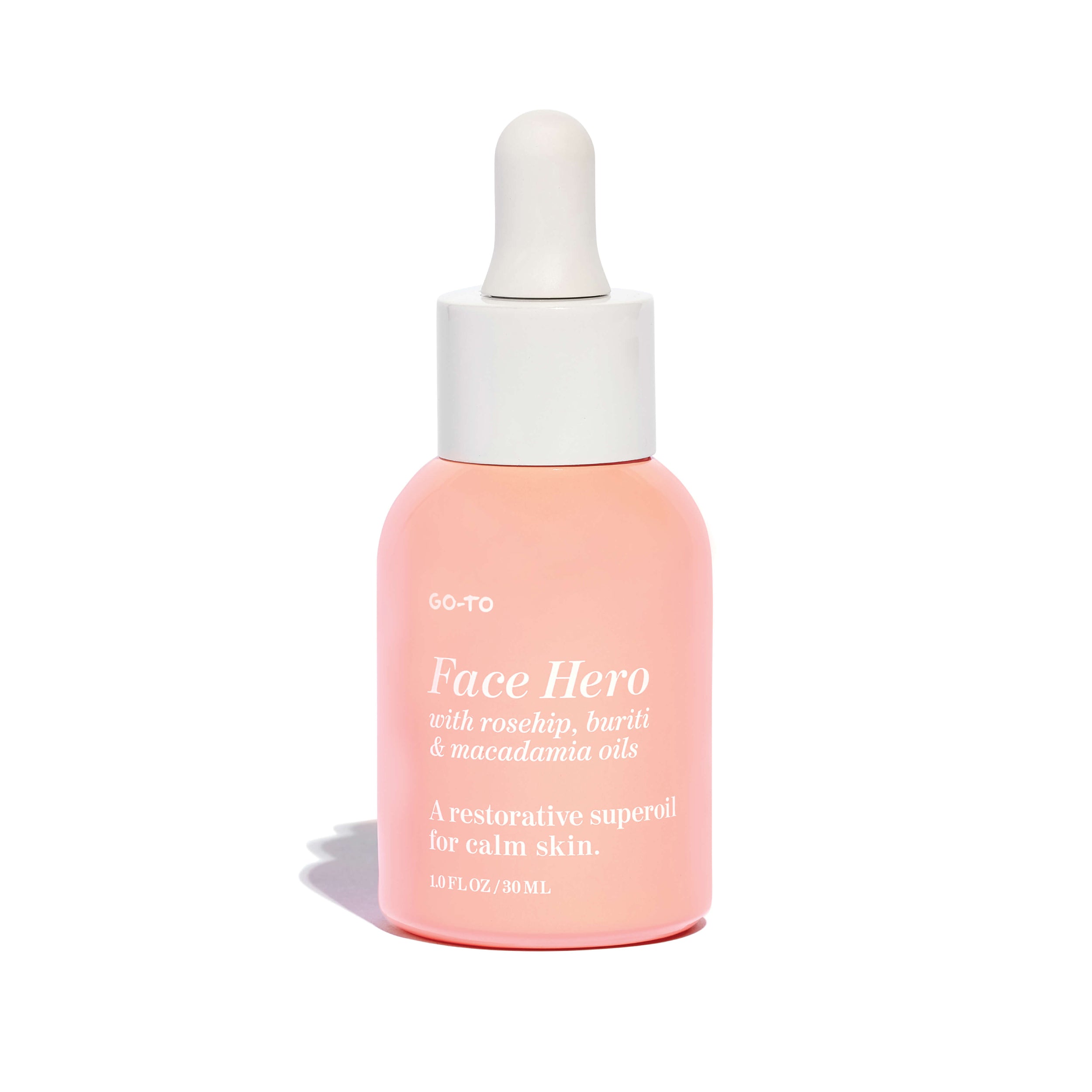
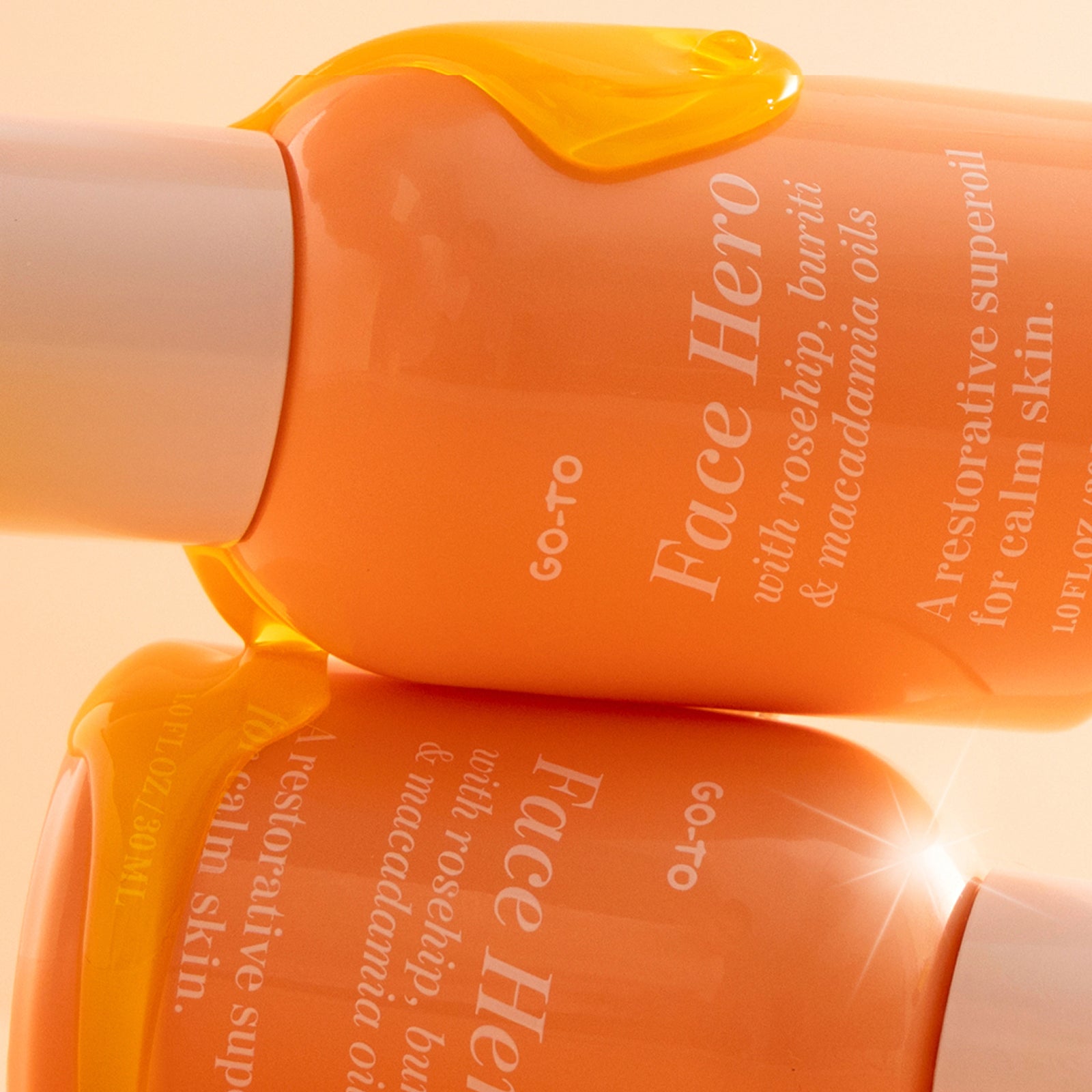
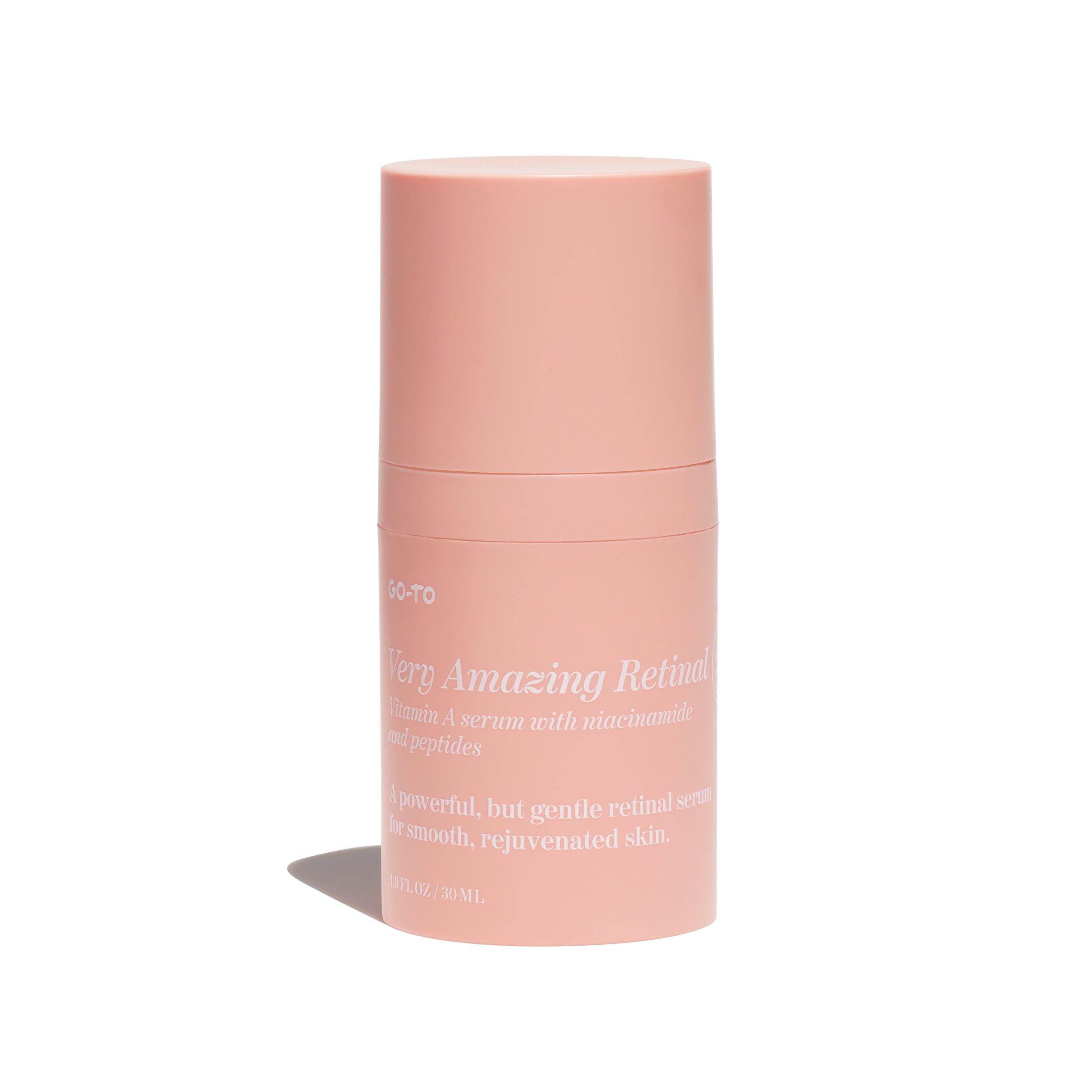
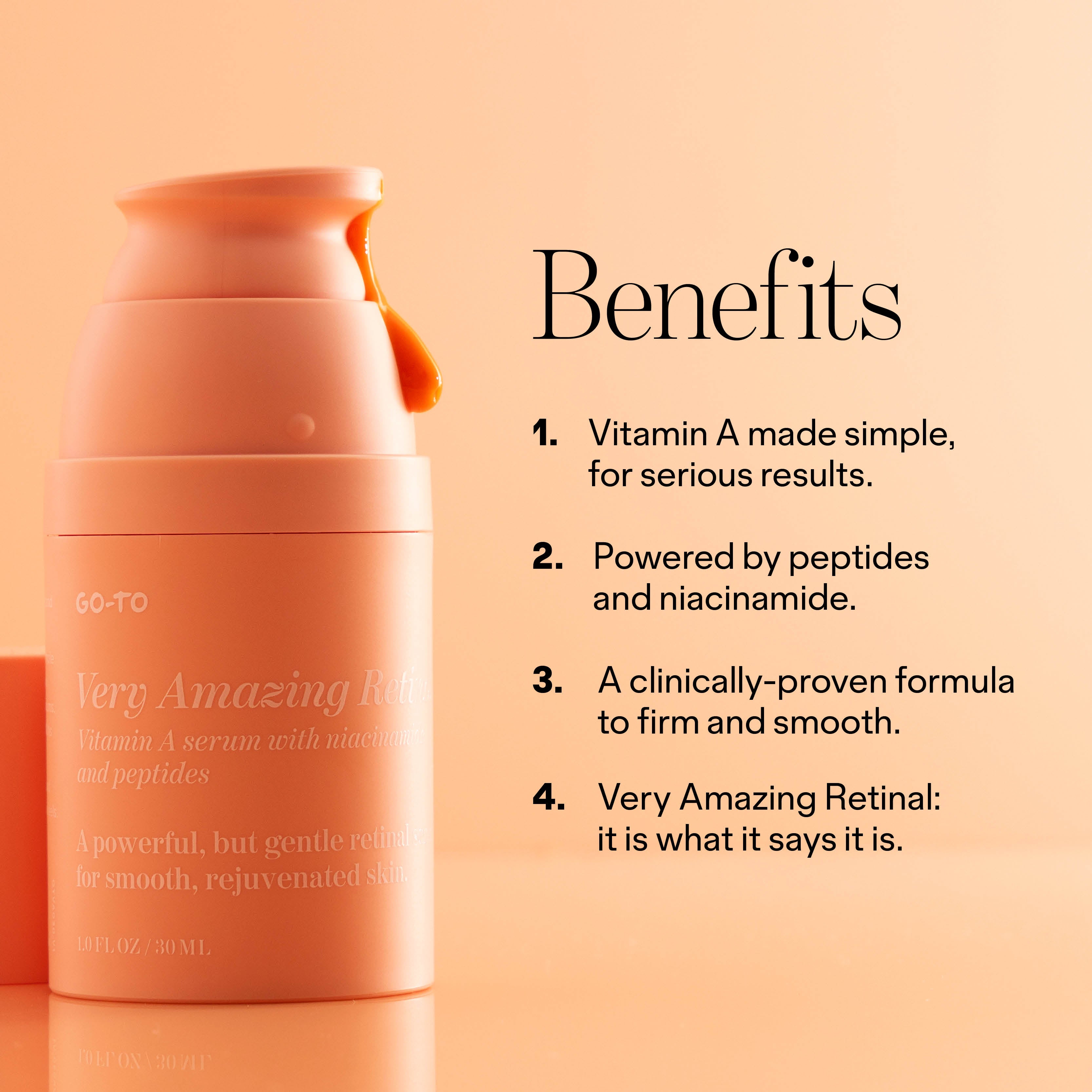
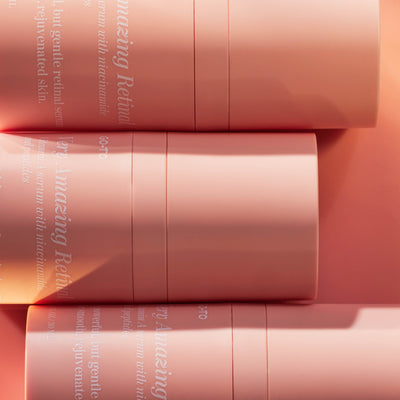



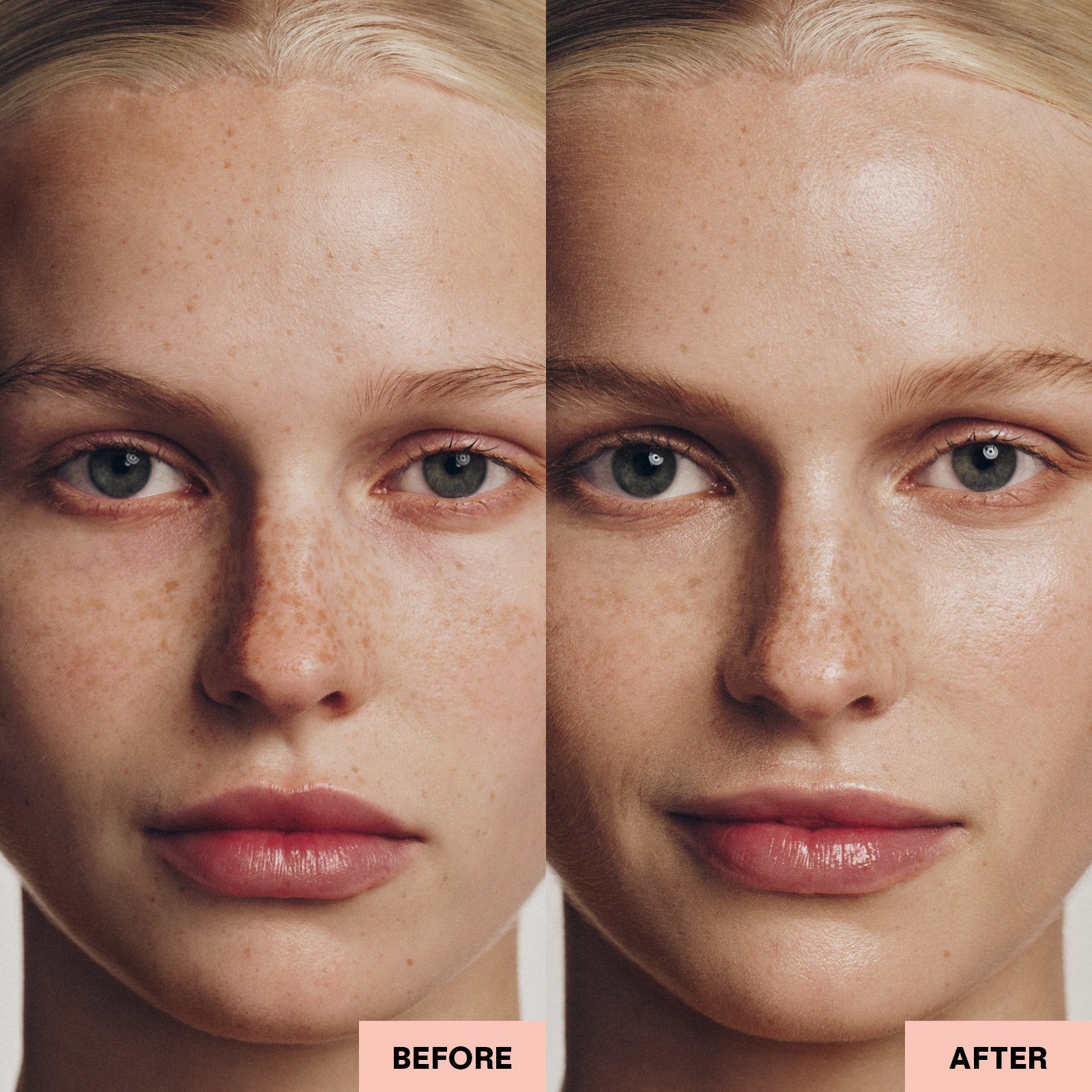


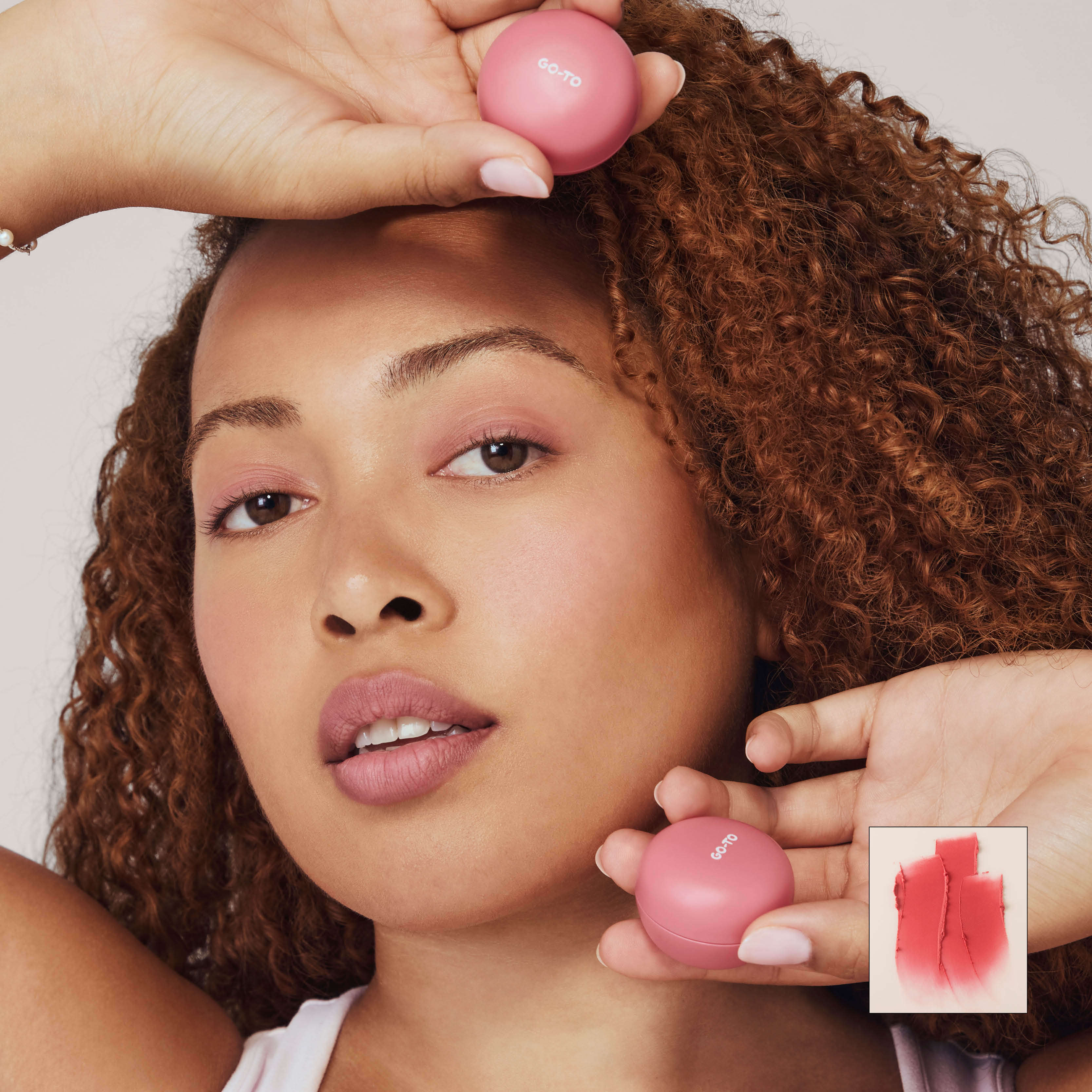
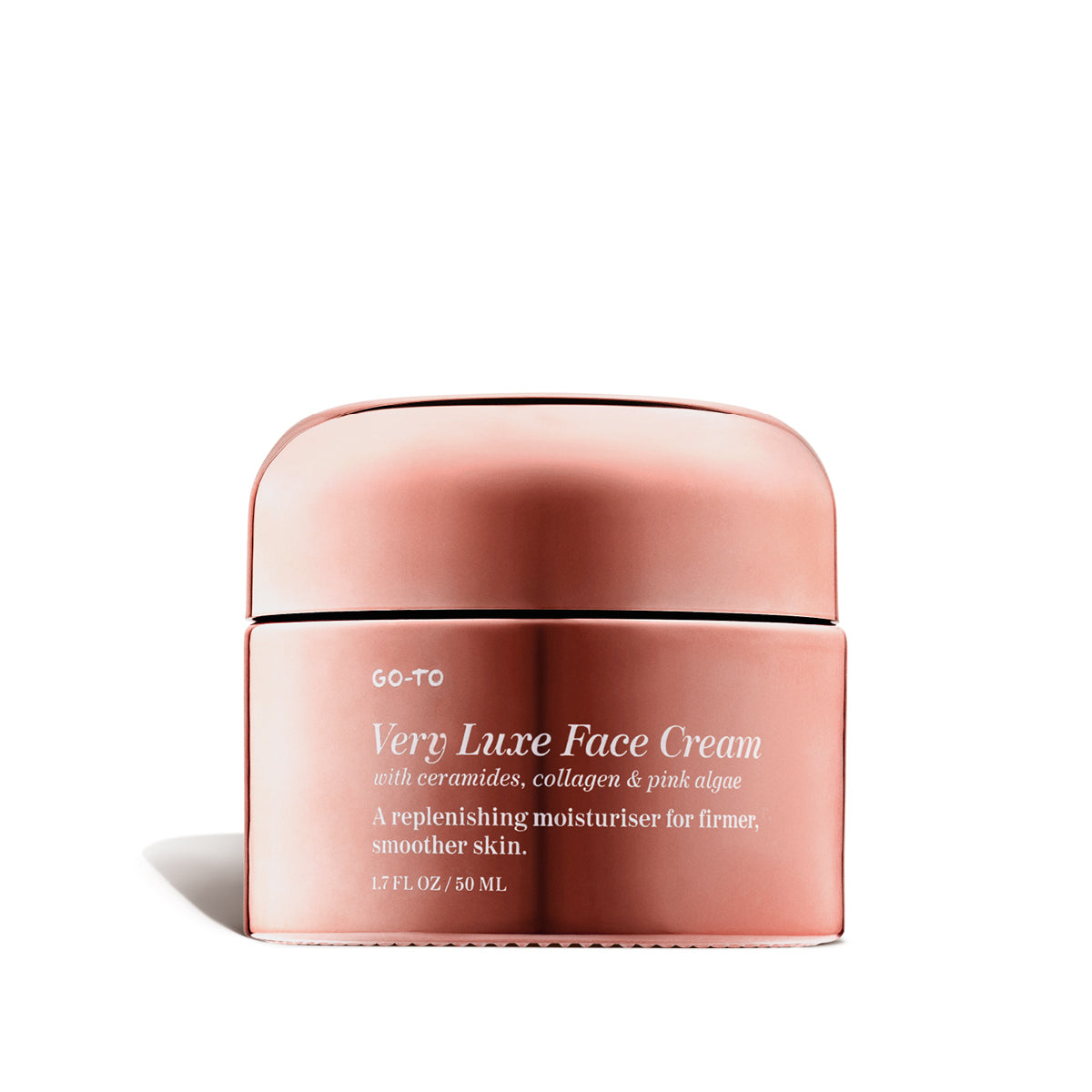
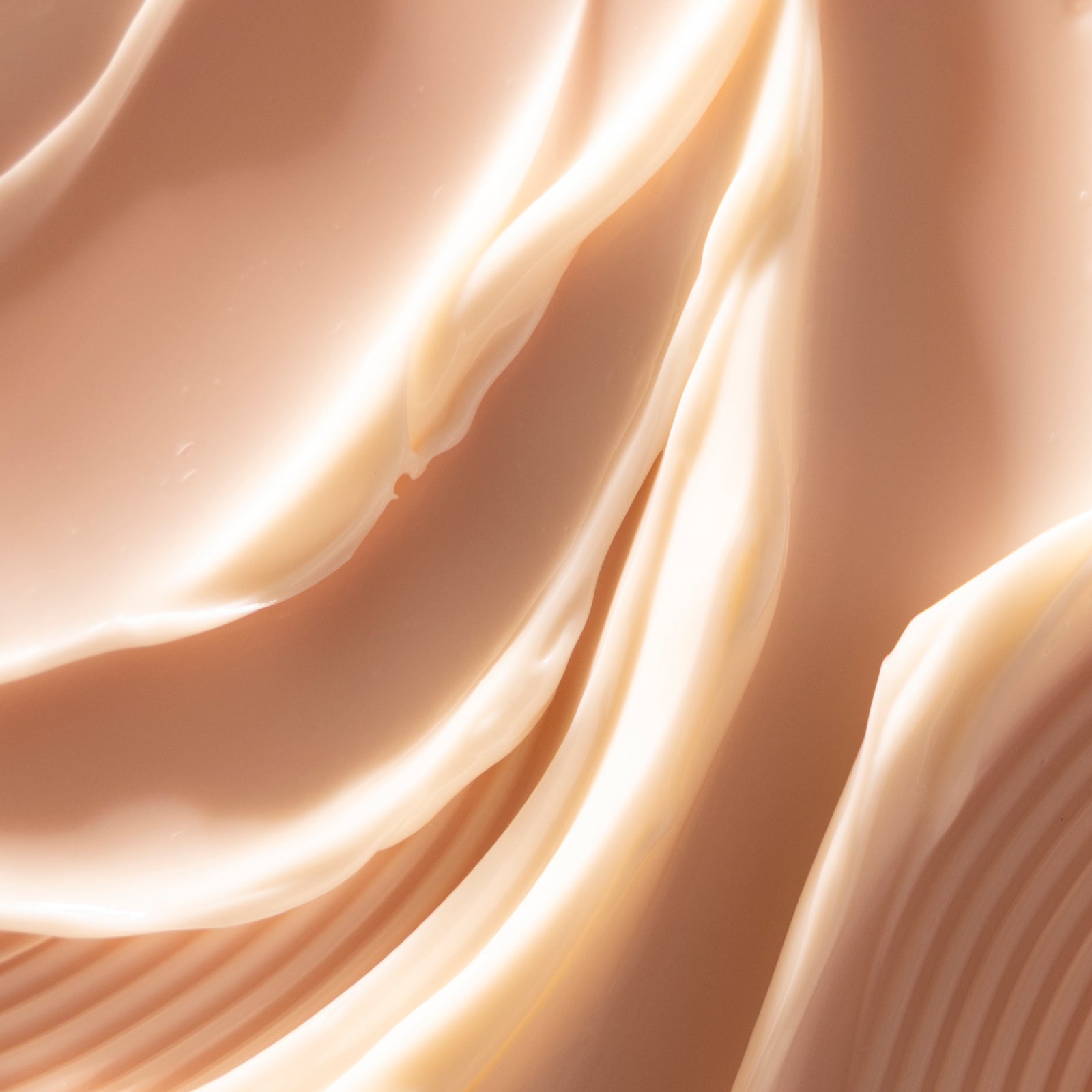
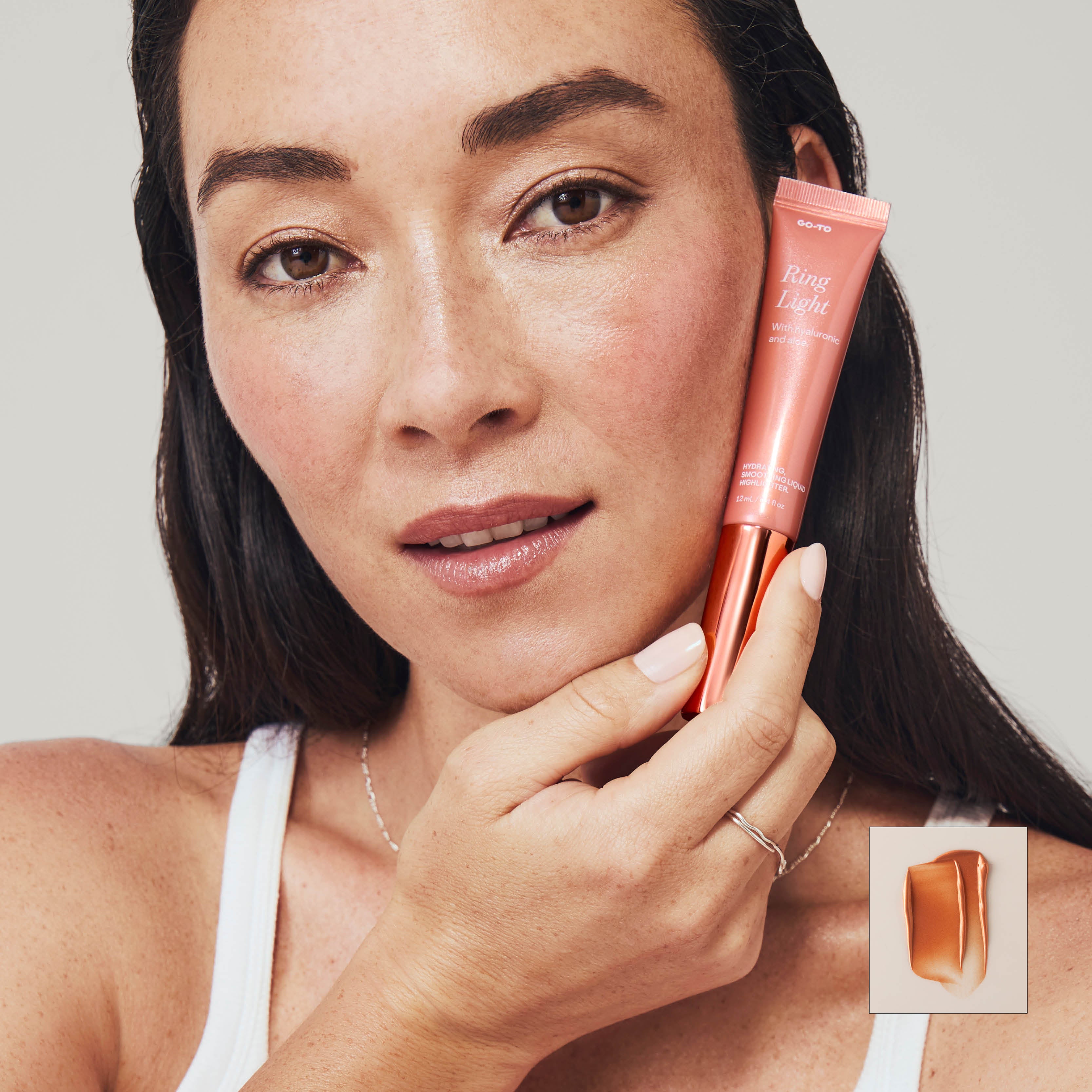
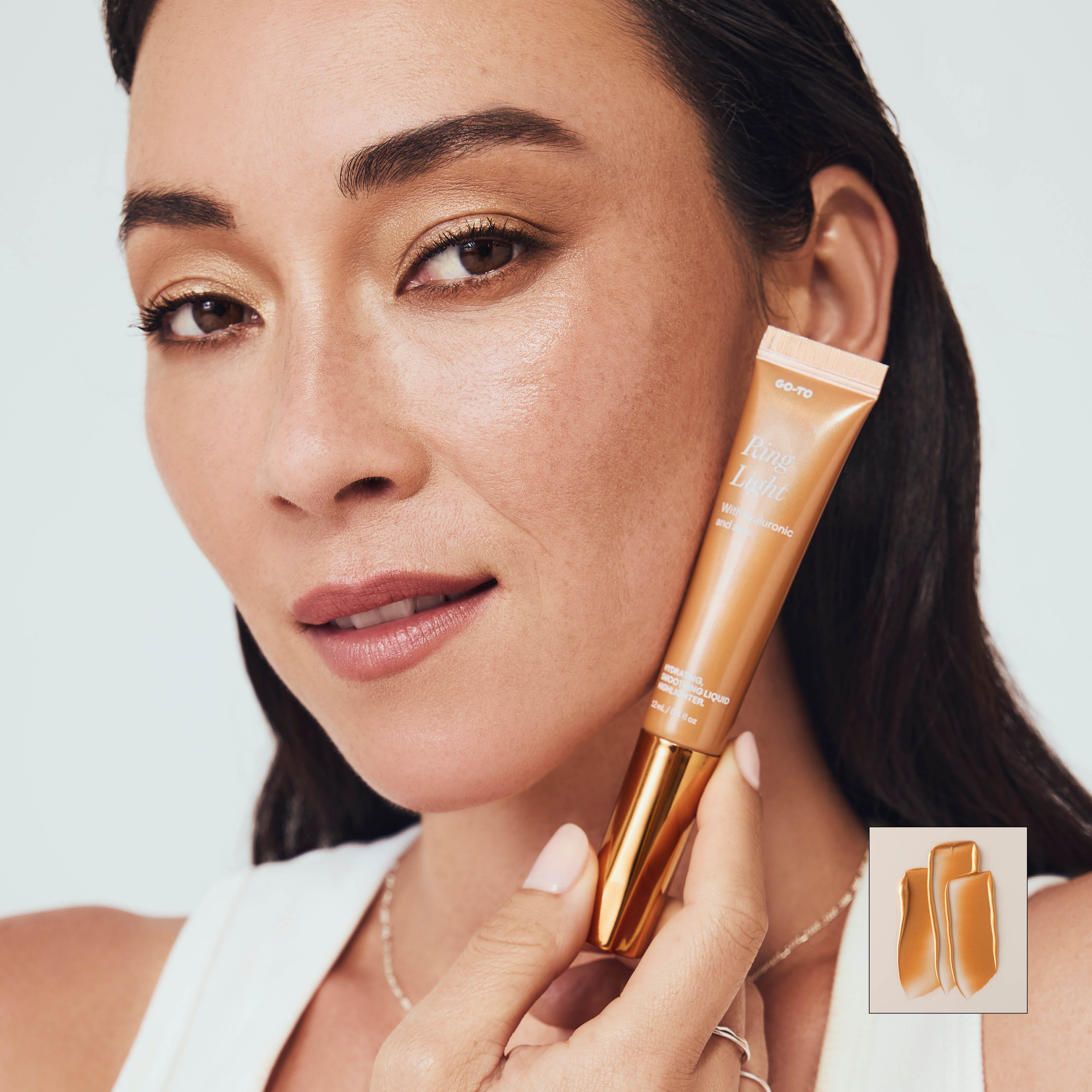
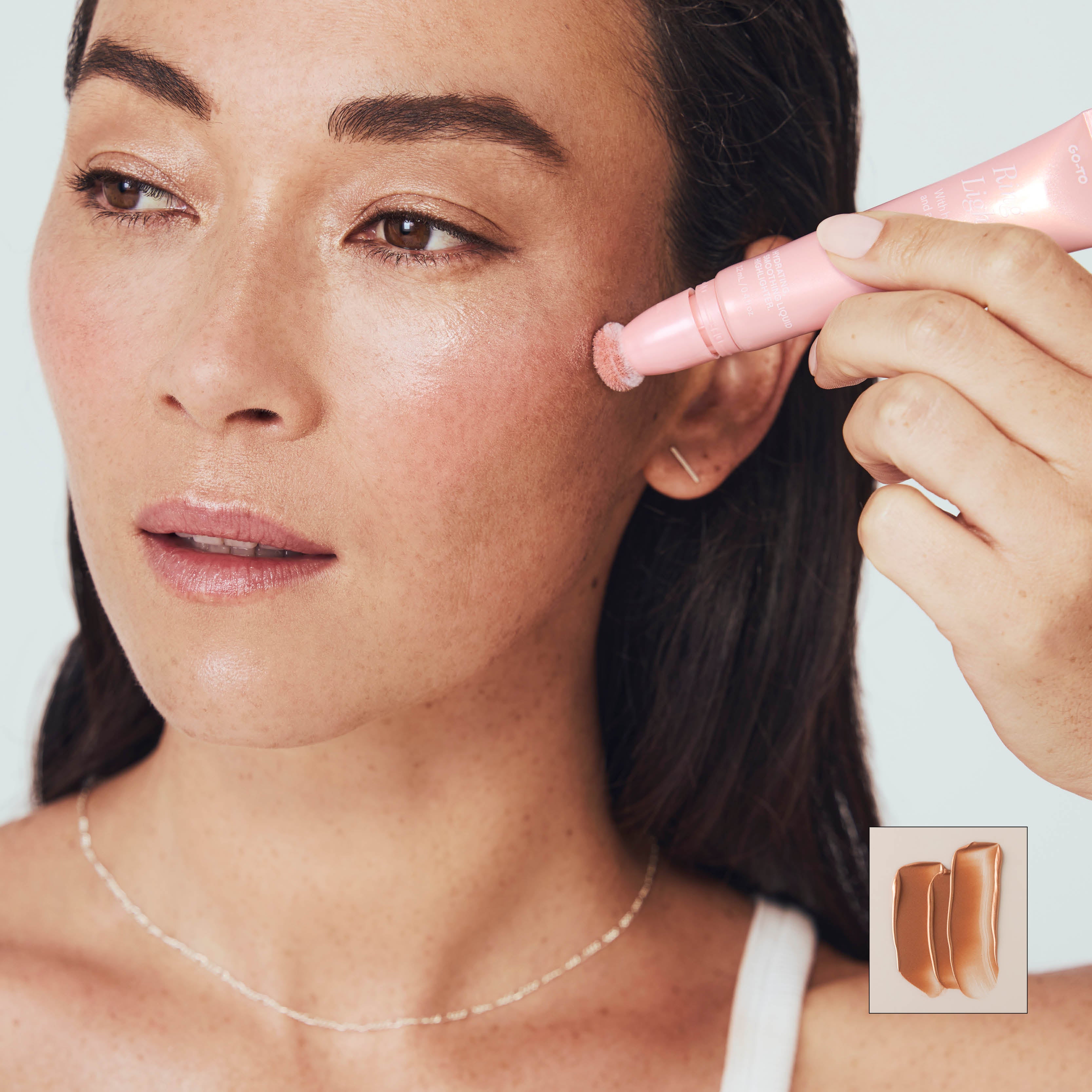
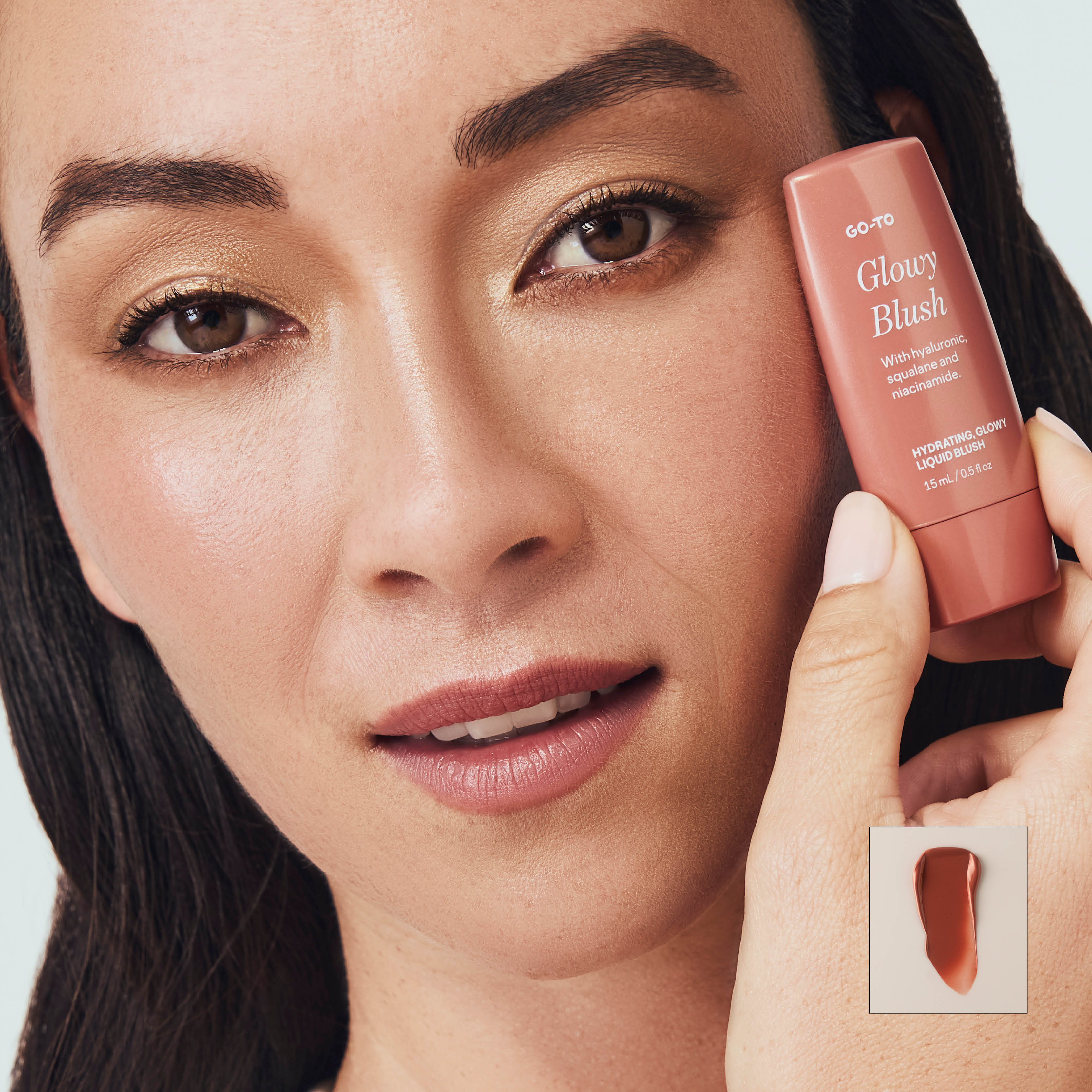
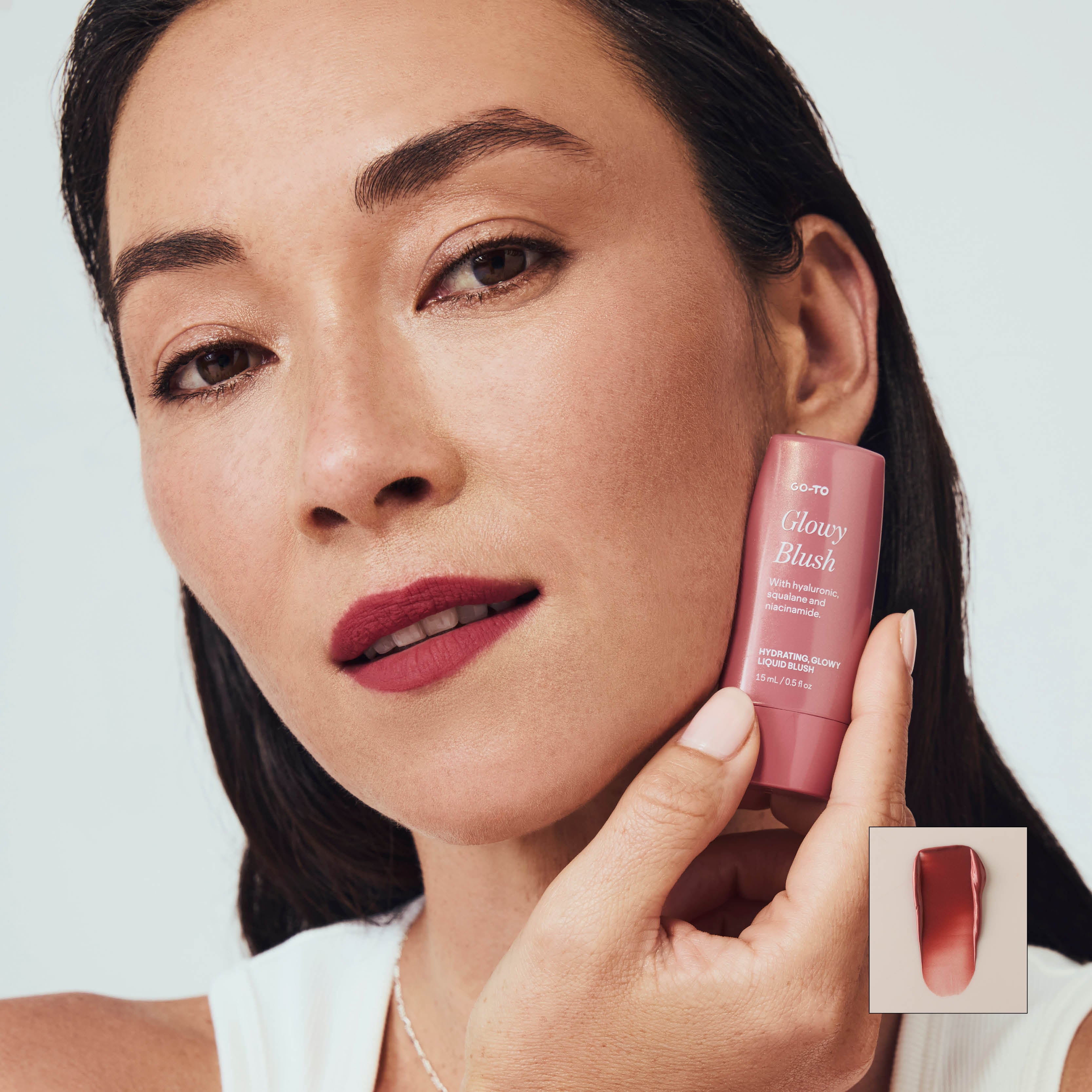
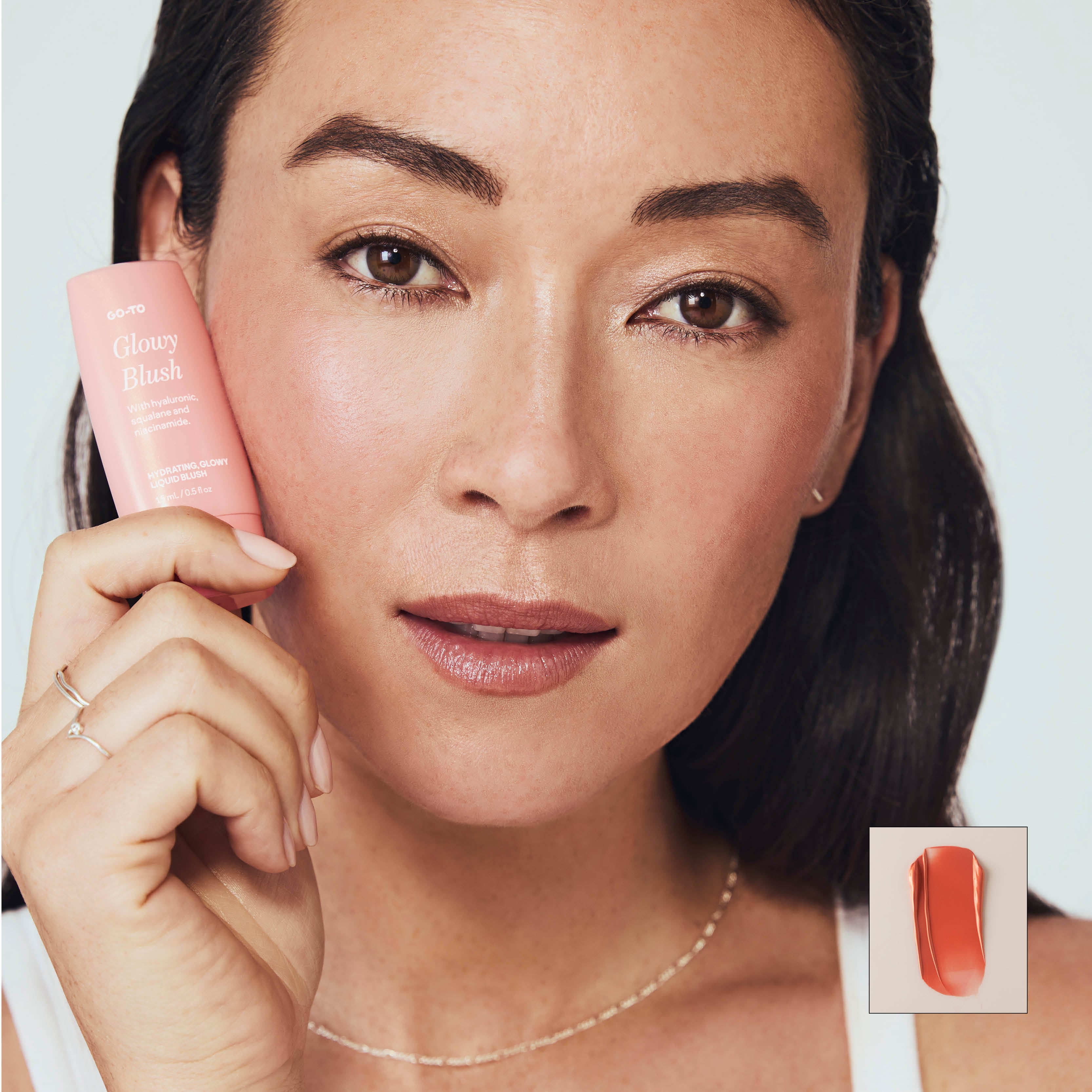
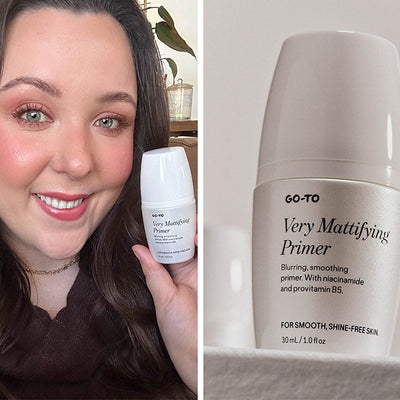
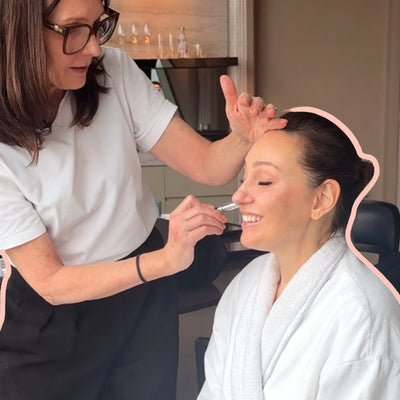
Comments